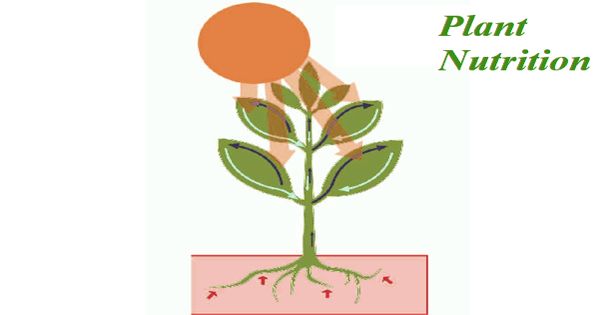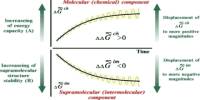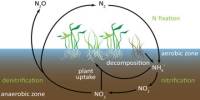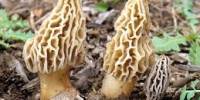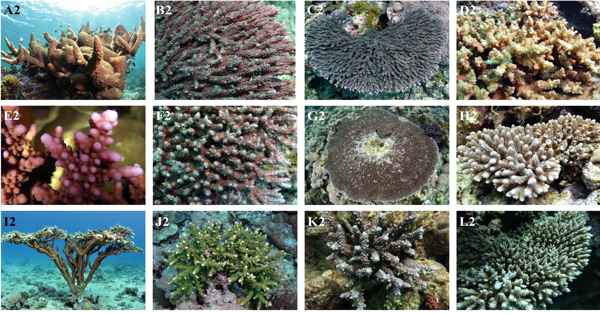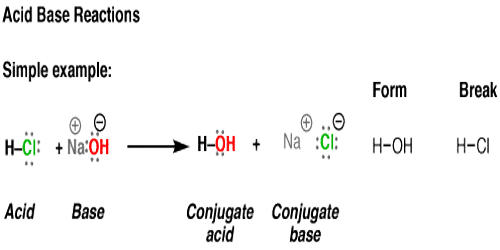Plant Nutrition
Plants need nutrients for the same reasons that animals need them. They need them to germinate, grow, fight off diseases and pests, and to reproduce. Plant nutrition is the study of the chemical elements and compounds necessary for plant growth, plant metabolism, and external supply. It has always been an important component of disease control. Plants meet their nutritional needs for growth by absorbing soil nutrients, water, and carbon dioxide, in addition to the required sunlight. In its absence the plant is unable to complete a normal life cycle, or that the element is part of some essential plant constituent or metabolite. This is in accordance with Justus von Liebig’s Law of the minimum.
Plant nutrition is mainly connected to faculties and research institutions in agriculture, horticulture, forestry, and natural sciences. Plants meet their nutritional needs for growth by absorbing soil nutrients, water, and carbon dioxide, in addition to the required sunlight.
Plants are unique organisms that can absorb nutrients and water through their root system, as well as carbon dioxide from the atmosphere. The total essential plant nutrients include seventeen different elements: carbon, oxygen, and hydrogen which are absorbed from the air, whereas other nutrients including nitrogen are typically obtained from the soil. Soil quality and climate are the major determinants of plant distribution and growth.
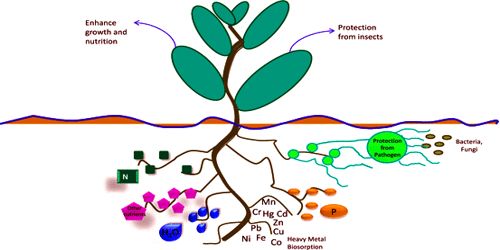
Plants must obtain the following mineral nutrients from their growing medium:-
- the macronutrients: nitrogen (N), phosphorus (P), potassium (K), calcium (Ca), sulfur (S), magnesium (Mg), carbon (C), oxygen (O), hydrogen (H)
- the micronutrients (or trace minerals): iron (Fe), boron (B), chlorine (Cl), manganese (Mn), zinc (Zn), copper (Cu), molybdenum (Mo), nickel (Ni)
Primary Nutrients
- Phosphorus is needed to help seeds germinate and for the growth or roots.
- Phospholipids are fats that help make up the cell membrane.
- Nitrogen is necessary to create amino acids, which in turn make proteins.
- Potassium is necessary for the creation of flowers and fruit.
Secondary Nutrients
- Calcium helps other nutrients to get into the plant and helps enzymic reactions.
- Magnesium is responsible for healthy leaves and chlorophyll, the green pigment that is important in photosynthesis.
- Sulfur is used by the plant to make amino acids.
Trace Nutrients
- Boron -This trace mineral is necessary for flowering and cell formation.
- Copper is important in photosynthesis and the reaction of enzymes.
- Iron goes into cytochromes, which are necessary for plant transpiration.
- Manganese mineral helps form chlorophyll and enzymes.
- Molybdenum mineral goes into creating enzymes and amino acids.
- Zinc activates enzymes and allows the reading of the plant’s genetic code.
These elements stay beneath the soil as salts, so plants consume these elements as ions. The macronutrients are consumed in larger quantities; hydrogen, oxygen, nitrogen, and carbon contribute to over 95% of a plant’s entire biomass on a dry matter weight basis. Micronutrients are present in plant tissue in quantities measured in parts per million, ranging from 0.1 to 200 ppm, or less than 0.02% dry weight.
Plant nutrition is mainly connected to faculties and research institutions in agriculture, horticulture, forestry, and natural sciences. Plant nutrition definitely represents a core discipline in Crop Sciences.
